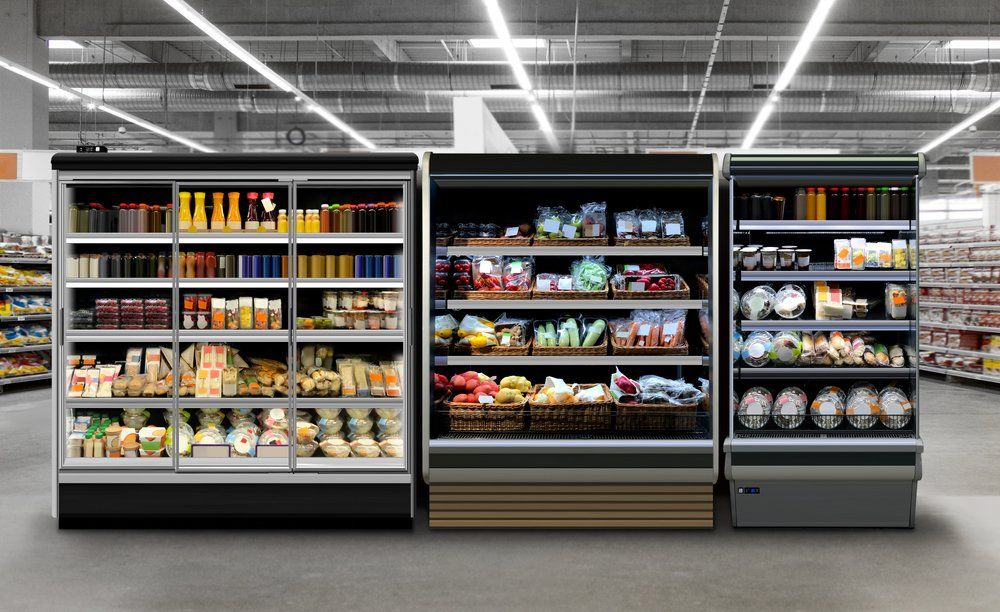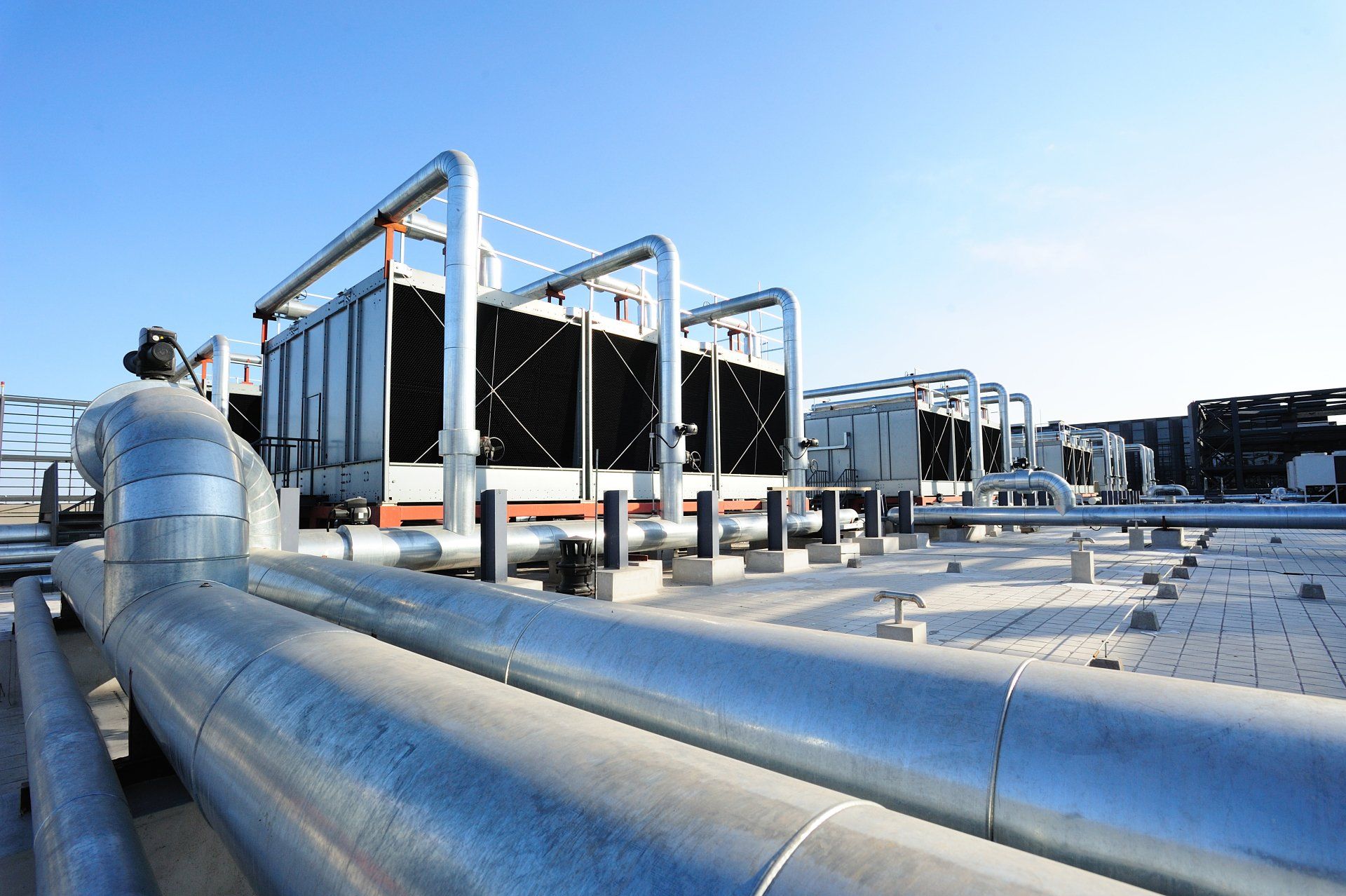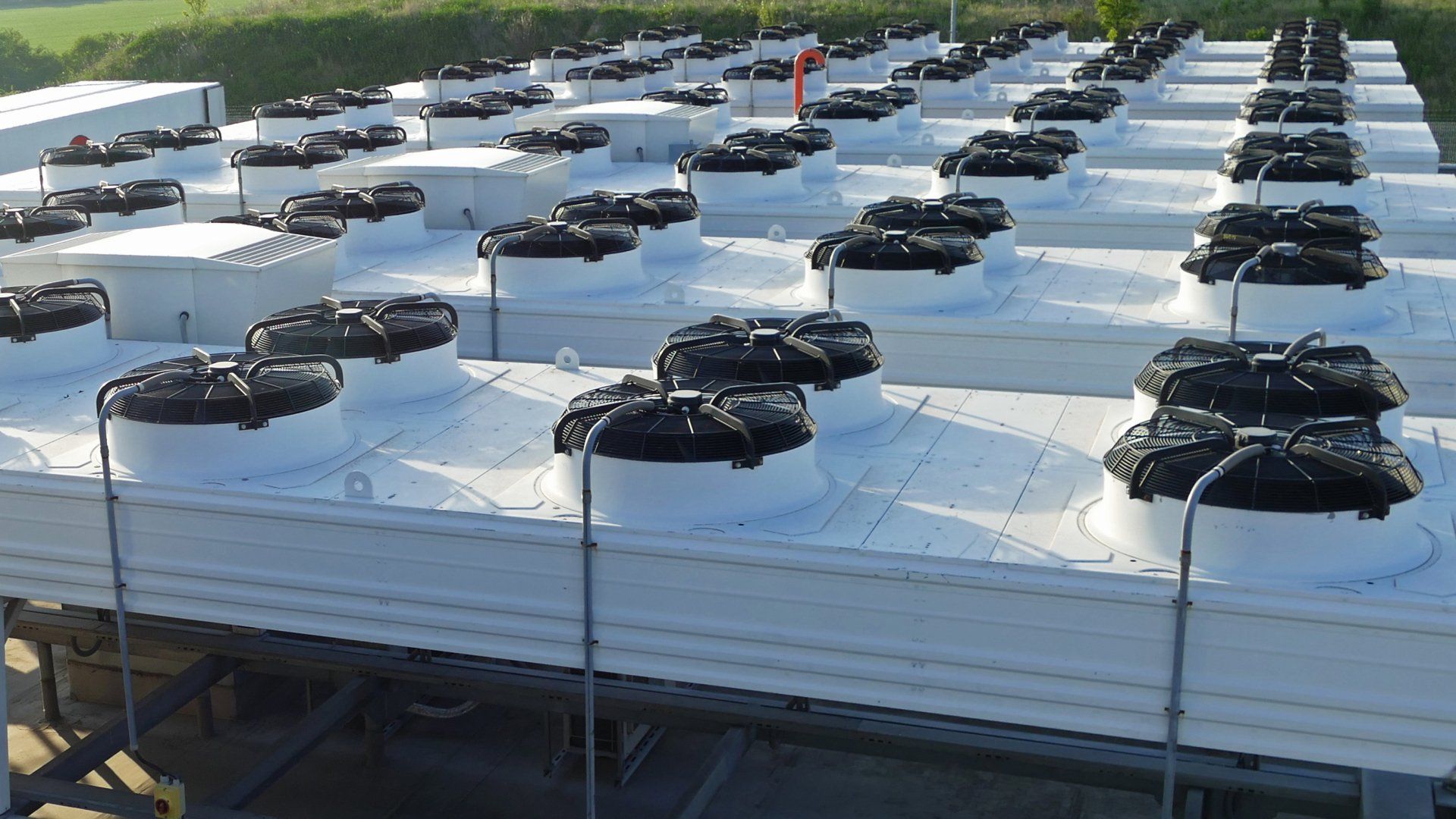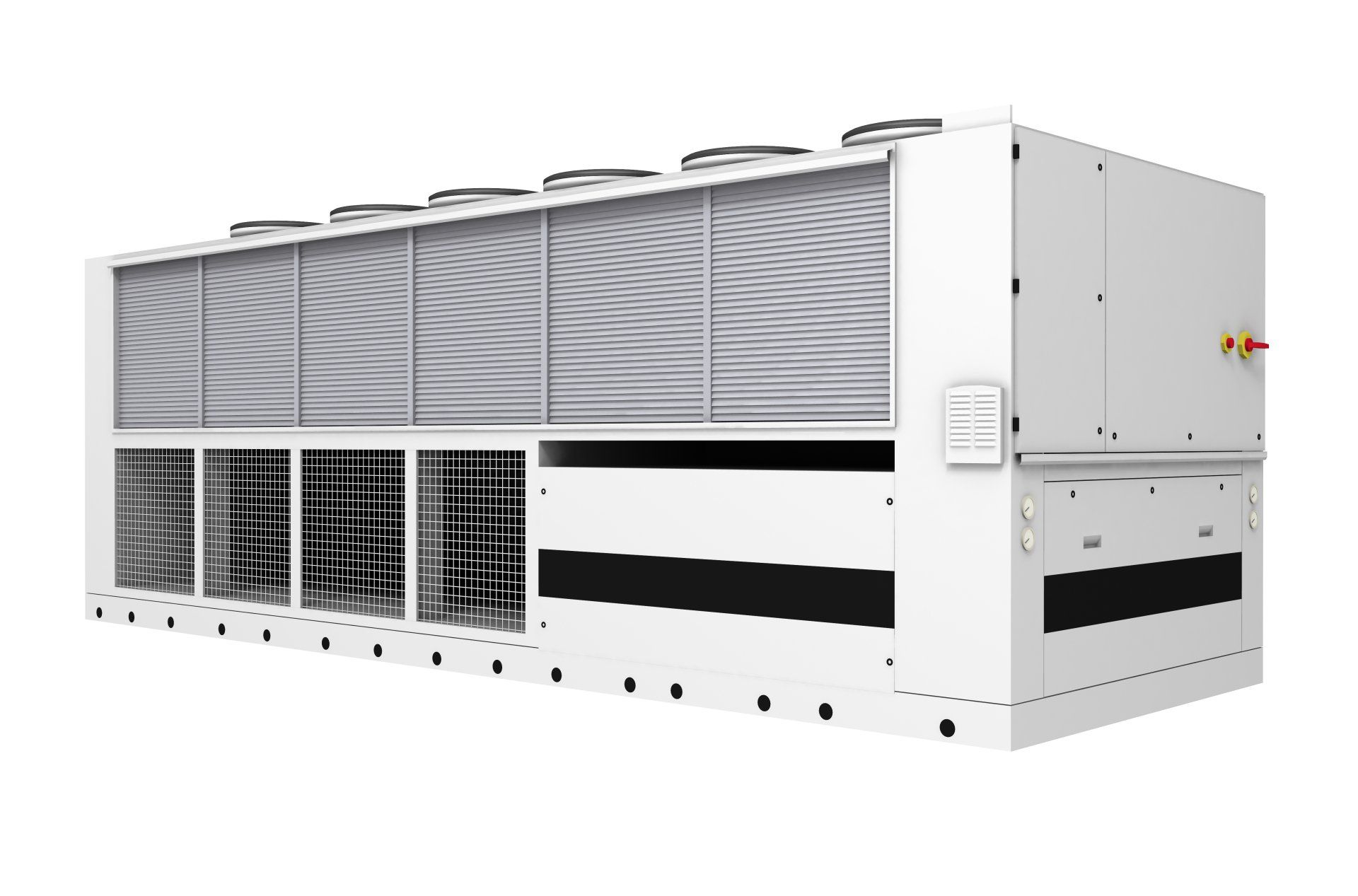Different Types of Commercial Chillers for Your Business
Choosing the right type of industrial chiller for you and your business is essential, as it can reduce the cooling costs, minimise downtime and increase the operational efficiency. But with so many types of commercial chillers available, which one is right for you?
Industrial and Commercial Chillers
Chiller systems are important for controlling temperature and cooling in various businesses and industrial processes. They work by moving the heat from one location to another and consist of four basic components to do so: an evaporator, compressor, condenser, and expansion unit.
The process begins with the heating of a refrigerant in the evaporator so that it becomes a gas. In the compressor this gas increases in pressure before becoming a high-pressure liquid in the condenser. In the final area, the expansion unit, the liquid limits the flow of the refrigerant in the system by use of a valve.
Whatever industry you are in, an efficient chiller is vital for ensuring high productivity and cost savings.
Types of Commercial Chillers
There are two main types of industrial chillers to consider, and they operate in different ways and with varying components that you should be aware of to make an informed decision.
Air cooled chillers
Air cooled chillers use the ambient air to remove heat from the refrigerant by using fans to force the air across the exposed tubes of the condenser. They are very easy to instal and are situated outside a building, so no extra space is required to accommodate them. However, they are prone to blockages and recirculation issues, so maintenance is highly likely.
Water cooled chillers
This type of chiller removes heat by pumping water through a sealer condenser and dispersing it through a cooling tower. In comparison to air cooled chillers, they are significantly more efficient as using water evaporation to remove the heat uses considerably less energy than air. This is due to water having a higher heat capacity than air, so it is easier to remove the heat. Water cooled chillers can handle larger loads and have a longer lifetime because they are located inside the building and do not deteriorate as much.
Vapour Compressor & Absorption Chillers
Commercial chillers can be further categorised as ‘vapour compression’ or ‘vapour absorption’ based on the way the refrigerant is transported within the system.
While vapour compression chillers use a compressor to transport the refrigerant, vapour absorption chillers use a heat source to move it around the system for cooling. In the latter, the compressor is replaced with an absorber, pump, and generator.
Other Types of Compressor Technology
The following industrial chillers can be determined by the compressor technology they use:
- Screw chiller: Used both in air and water chillers, they are best for small-medium cooling loads – from 70 to 600 tons. They work by using two rotating helical rotators to compress the refrigerant.
- Centrifugal chiller: The majority of these chillers are water chillers and are used for medium to large cooling loads - from 150 to 6,000 tons of refrigeration. The system offers high cooling capacity due to using rotating impellers to compress the refrigerant and transport it around the chiller.
- Scroll chiller: These work with air and water coolers by using two spiral plates – one rotating and one rotating – to compress the refrigerant.
- Reciprocating chiller: These systems use a piston and chamber to compress the refrigerant.
Industrial Refrigeration Solutions offer a premium industrial refrigeration hire service. For a free quote, contact us on 001634 557 235.









